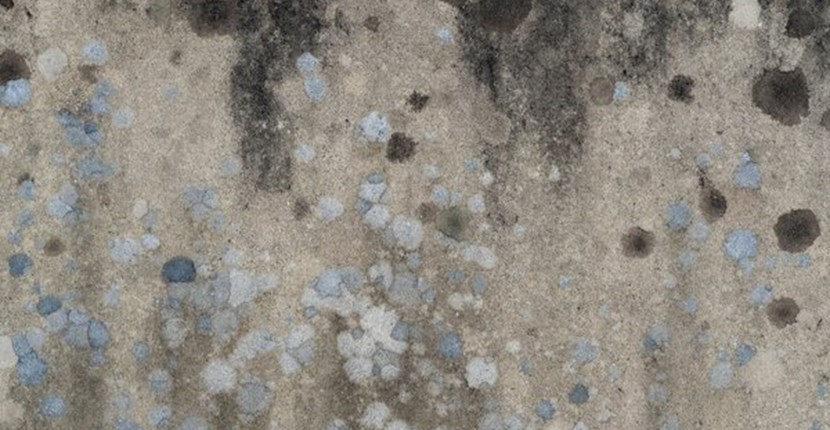Posted on 09 06 2022
Culprits of mould in rental properties

Rental homes must be free from mould and dampness before being rented out, so how do you ensure your home is dry and mould-free?
Before you begin a new tenancy, or if your tenant has concerns about musty smells, damp or mouldy patches, you should go through the property and look for any signs of mould or damp.
All homes have the ingredients that mould needs to grow: the presence of mould spores, a surface to grow on, oxygen, warmth, and darkness. When you add moisture from a water leak, stagnant water, or high humidity, mould problems can grow – literally!
Even in people with a healthy immune system and no allergies, mould can cause health problems such as coughing, wheezing, and throat, skin, and eye irritation. If hidden sources of dampness are left long enough, they can also cause expensive damage to a home.
Knowing where mould is commonly found in homes can help you prevent and treat it for the good health of your property and your tenants. Some obvious places to check for mould inside the house are:
- Bedrooms – inside wardrobes, on and below windowsills
- Kitchen - behind the fridge, under the sink
- Laundry – behind the washing machine, under the sink, under mats, on the ceiling
- Bathroom – ceilings, in shower and bath, under the vanity, behind the toilet
If you find any patches of mould larger than an A4 sheet of paper, you almost certainly have mould throughout the house, and should contact a professional to deal with this. A qualified building surveyor may need to check the property to see if there’s a hidden issue causing the dampness.
You can remove smaller patches of surface mould or mildew with a 1:4 bleach and water solution, methylated spirits, or isopropyl alcohol. White vinegar is often suggested as a low-toxicity mould cleaner, but according to Consumer NZ, it doesn’t kill all types of mould and the residue left behind could encourage more mould to grow.
Use a clean sponge or cloth when washing off mould and rinse it often to reduce the risk of the mould spreading. Wear gloves, eye protection and a safety mask when dealing with cleaning products and mould.
Most importantly, you need to tackle the underlying cause of dampness that promotes mould growth.
Outside the house, check areas where water can build up and let moisture inside. Make sure gutters are clear, and that downpipes and drainage are working.
Under the healthy homes standards, landlords must ensure their rental properties have efficient drainage for the removal of storm water, surface water and ground water. The drainage system must include gutters, downpipes and drains for the removal of water from the roof. See Healthy homes – moisture and drainage standard.
If you can get under the floor, take some dirt, and rub it firmly on your hand – if it stains like mud that means there’s is too much moisture present. Check for water getting under the floor from drainage, guttering, downpipes, or plumbing problems.
If the property has an enclosed subfloor, a ground moisture barrier must be installed if it’s reasonably practicable to do so. Between tenancies, clear the sub-floor area of any obstructions, uncover any vents blocked by plants, soil, or pest barriers, and if there aren’t any vents, install some.
The Genless site has more tips here for finding sources of damp and mould.
What tenants can do
During a tenancy, tenants need to keep the house well-aired and remove any mould straight away. They should also let the landlord or property manager know there’s mould in the house, so its source can be dealt with.
The Genless site noted above is also a useful resource for tenants, as it lists daily habits to reduce damp and the potential for mould to grow. These include:
- Open doors and windows for 5-10 minutes every day
- Keep lids on pots when cooking
- Hang washing to dry outside whenever possible, and make sure everything’s dry before putting it away
- Leave wardrobes a bit open and pull beds and furniture away from walls
- Keep the shower curtain hanging inside the shower or bath so water doesn’t drip on the floor, and wash the curtain every few weeks
- Keep only a few indoor plants and don’t overwater them
- If you have a mattress on the floor, air the mattress every day by removing the covers and lifting the mattress onto its side.
If you’re not sure about any of the actions mentioned here, we recommend you talk to one of our home energy assessors.
At GreenSide, we’re familiar with the Healthy Homes Standards and know how to make any home more comfortable for its occupants. Get in touch with our team to see how we can help ensure your home stays mould-free and healthy.